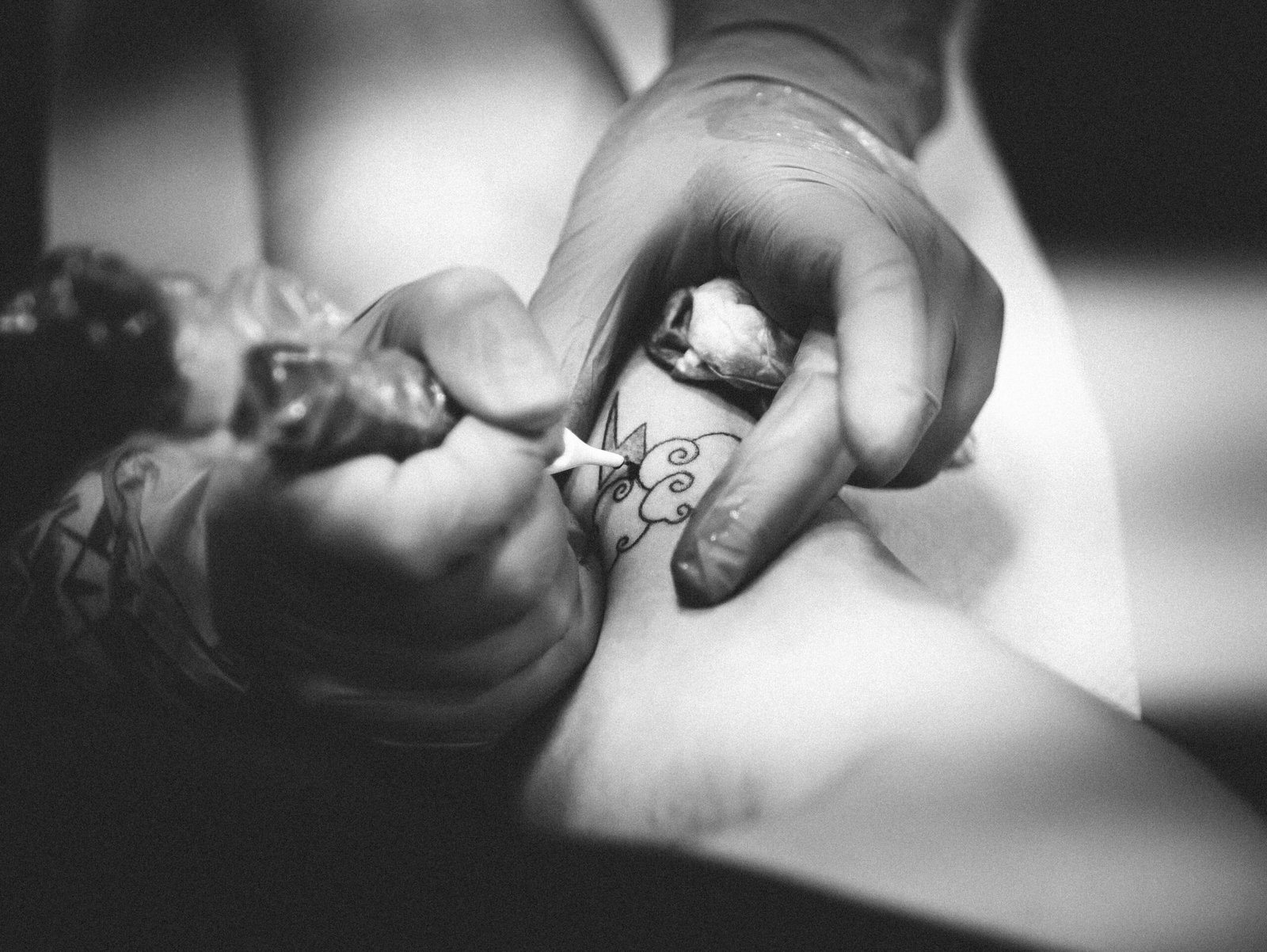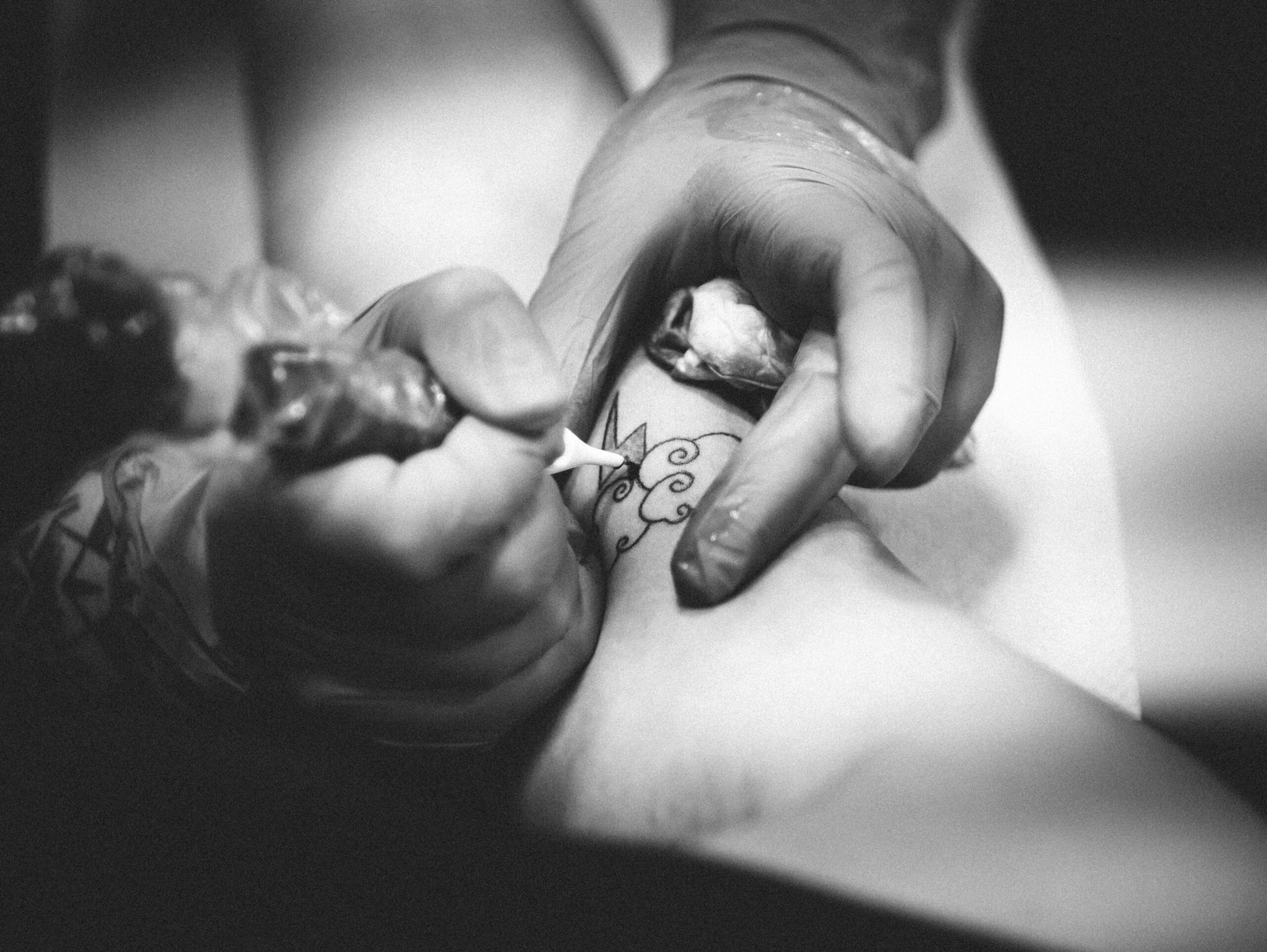How to Speed Up the Removal of a PicoSure Tattoo
Understanding the PicoSure Tattoo Removal Process
The PicoSure laser tattoo removal process is a groundbreaking advancement in dermatological treatments, offering a more efficient and less invasive method for eliminating unwanted tattoos. Unlike conventional laser systems, PicoSure employs ultra-short bursts of energy, specifically picosecond laser pulses, to shatter tattoo ink into tiny particles. These particles are then gradually removed by the body’s natural mechanisms, such as the lymphatic system, resulting in a clearer, ink-free complexion.
Grasping the fundamental mechanics of PicoSure is crucial for anyone considering this treatment. The technology harnesses powerful photomechanical impact to break up ink particles without causing significant thermal damage to the surrounding skin tissue. This means a significantly lower risk of scarring and quicker recovery times. Additionally, the ability of PicoSure to target notoriously stubborn ink colors like blues and greens sets it apart from traditional laser removal methods, which often struggle with these hues, making the process slower and less effective.
One of the critical aspects patients must consider is the number of sessions required to achieve optimal results. While the PicoSure system is markedly faster than older technologies, the total number of treatments can vary based on several factors, including the tattoo’s age, ink type, and depth of pigmentation. Generally, individuals might expect to undergo multiple sessions spaced several weeks apart to allow the body sufficient time to eliminate the fragmented ink particles. On average, patients can anticipate anywhere from 4 to 10 sessions for complete removal, although simpler or smaller tattoos might require fewer treatments.
Overall, PicoSure represents a significant leap forward in tattoo removal technology. Its ability to efficiently dismantle ink while minimizing skin damage and reducing patient downtime makes it a preferred choice for those seeking to erase their tattoo history. Understanding these key aspects of the PicoSure process can help patients set realistic expectations and achieve satisfactory outcomes.
Pre-Treatment Tips to Enhance Effectiveness
Enhancing the effectiveness of PicoSure tattoo removal begins well before the first session. Adhering to certain pre-treatment guidelines can significantly improve the results and expedite the removal process. One of the foundational aspects is maintaining a healthy lifestyle. Staying adequately hydrated is essential, as hydration aids skin repair and regeneration. Drinking plenty of water facilitates the body’s natural healing processes, ensuring the skin is in optimal condition for the treatment.
A balanced diet rich in vitamins and nutrients is equally crucial. Consuming foods high in antioxidants, such as fruits and vegetables, supports the immune system, which plays a role in breaking down and eliminating tattoo ink particles. Essential vitamins like Vitamin C and Vitamin E promote skin health and can enhance the body’s overall response to the removal process.
Smoking can severely hinder the effectiveness of tattoo removal. Nicotine reduces blood flow and compromises the immune system’s efficiency, making it harder for the body to filter out ink particles. Thus, avoiding smoking can improve blood circulation and accelerate the elimination of the tattoo.
Avoiding sun exposure and self-tanning products is imperative. Tanned or sunburned skin is more susceptible to damage during laser treatment, increasing the risk of complications such as hyperpigmentation. Patients should ideally keep the tattooed area covered and apply broad-spectrum sunscreen to protect the skin from UV rays.
Exfoliating the skin around the tattoo area can also be beneficial. Gentle exfoliation removes dead skin cells and enhances the laser’s ability to penetrate the skin, ensuring more effective ink fragmentation. However, it should be done cautiously to avoid irritation or injury to the skin.
Lastly, consulting with a qualified professional is paramount. An expert can tailor pre-treatment care based on individual skin types and tattoo characteristics, providing personalized advice to maximize the PicoSure tattoo removal’s success. By following these pre-treatment tips, patients can significantly enhance the effectiveness and speed of their tattoo removal journey.
“`html
During Treatment: Best Practices
Undergoing PicoSure tattoo removal requires adherence to best practices to optimize the effectiveness and speed of the treatment. Primarily, it is crucial to follow the recommended treatment schedule. The average interval between PicoSure sessions is typically 6-8 weeks, allowing the skin sufficient time to heal and the body to continue breaking down the ink pigments naturally. By adhering to the prescribed timeline, you enable consistent progress and avoid potential complications that may arise from too frequent treatments.
Moreover, it is imperative to follow any specific instructions provided by your technician. These instructions often include recommendations to minimize physical activities that might irritate the treated area, such as intense exercise or activities that cause excessive sweating. Protecting the treated skin from friction and strain can prevent additional skin damage and promote faster healing, thus speeding up the removal process.
Pain management also plays a significant role in the successful removal of a PicoSure tattoo. Techniques such as the application of topical anesthetics or the use of cooling devices can provide substantial relief during and after the procedure. Ensuring a more comfortable experience can help you remain consistent with treatments, thereby optimizing the outcomes. Additionally, maintaining open communication with your technician about any discomfort can help in adjusting pain management approaches tailored to your needs.
Overall, diligent adherence to these best practices during PicoSure treatment can significantly enhance the effectiveness and speed of tattoo removal. By maintaining the recommended treatment schedule, following the technician’s instructions, and utilizing pain management techniques, you are setting a foundation for more successful and timely results.
“`
Post-Treatment Care and Recovery
Effective post-treatment care is vital to expedite the healing process and ensure the successful removal of your tattoo with PicoSure technology. Immediately after the treatment, it is common to experience redness and swelling around the treated area. Applying ice packs intermittently for the first 24 hours can help reduce these symptoms.
Using prescribed ointments, as directed by your specialist, is crucial to prevent infections and promote proper healing. These ointments often contain antimicrobial properties that protect the treated skin from harmful bacteria. Additionally, keeping the treated area clean and dry is essential to avoid complications.
Common side effects such as blistering, itching, and mild discomfort are part of the healing process after PicoSure treatment. Blisters typically resolve on their own but should be treated with care. Avoid popping them, as this can lead to infection. For itching, over-the-counter hydrocortisone creams may provide relief, but it is important to consult with your treatment provider before use.
Long-term care includes several steps that contribute to better outcomes. After PicoSure sessions, it is imperative to avoid direct sun exposure on the treated area. UV rays can cause hyperpigmentation, resulting in darkened patches of skin. When outdoors, apply a high-SPF sunscreen to protect the area. Moisturizing the skin can also aid in recovery, keeping the skin supple and reducing the likelihood of scarring. While the skin is healing, resist the urge to pick at scabs; doing so can disrupt the healing process and lead to scarring or infection.
Patience and realistic expectations are essential when undergoing PicoSure tattoo removal. The tattoo will lighten gradually over multiple sessions spaced weeks apart, and the overall fading will become more noticeable over time. Understand that this process is a journey, and adhering to the recommended post-treatment care regimen can greatly influence the effectiveness and swiftness of your tattoo’s removal.







